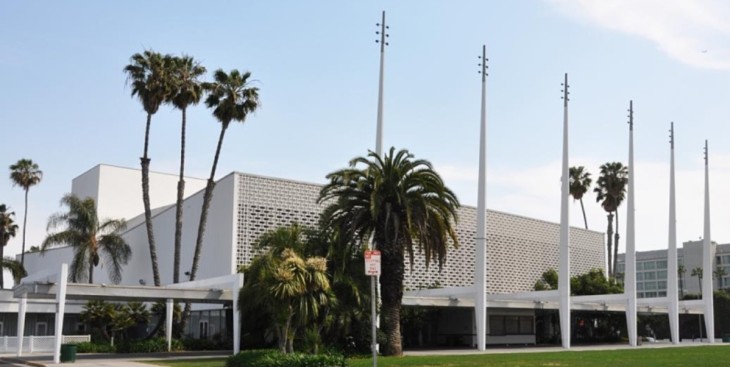By Tom Elias

Any time traveler revisiting the California of 1978 would have an easy time understanding why Proposition 13 passed so handily that year, lowering property taxes throughout the state to 1 percent of the latest sale price or 1 percent of the 1975 assessed value.
Such a traveler would enter a land with skyrocketing property taxes based on the latest market value of each property. Not the latest sale price, but an arbitrary market value assigned to every piece of property by county assessors basing their numbers largely on “comparables,” the prices of similar homes in the same or nearby neighborhoods.
Many senior citizens and others on fixed incomes lived in dread of the annual assessment letter informing them of their home’s purported new value. Plenty (no one knows the exact number) felt compelled to sell.
Then along came longtime Los Angeles gadfly Howard Jarvis and his Sacramento-based pal Paul Gann with Proposition 13, which they sold as a measure to give homeowners financial stability and predictability. So long as a property stays in the same hands, that initiative still dictates, basic property taxes on it can rise no more than 2 percent per year.
One major result: California has had systematic tax inequality for the last 39-plus years, with neighbors in similar houses or condominiums paying radically different taxes, mostly based on when they bought and not on current values.
There is no significant move today toward changing those provisions. But some change nevertheless may come to the sacred-cow law later this year.
That would be in the form of a “split roll,” where commercial and residential properties are taxed at different rates.
This has some basis in history, for anyone going back to view the Jarvis-Gann campaign of 1978 would not hear much about commercial or industrial property taxes. Yet owners of those kinds of properties enjoy the same benefits as homeowners and their share of the overall property tax burden has dropped by several percent since 1978.
Advocates of more funding for public schools and other local services have long contended the split roll is the best way to make up what those causes lost under Proposition 13. The idea has been kicked around in Sacramento and elsewhere for a generation, but never went anywhere.
And yet, a 2015 survey of 104,000 likely voters found 75 percent favored withdrawing Proposition 13 protections from non-residential property.
As the 40-year anniversary of Proposition 13 approaches in June, proponents of the split roll have for the first time submitted a proposed initiative to make this change. One reason they chose the initiative route rather than trying to get the state Legislature to put the change on the ballot: Democrats – usually more sympathetic than Republicans to the idea of taxing businesses – have narrowly and at least temporarily lost their two-thirds majority in the state Assembly because two members felt compelled to resign when charged with sexual improprieties and another left for unspecified health reasons.
Advocates of the change say it could raise billions of dollars to improve public schools and colleges.
“I think the cumulative effects of the unfair tax system have gotten to the point where it’s created crippling…impacts on the state,” said Melissa Breach of the state’s League of Women Voters.
The measure has not yet been assigned a title by Attorney General Xavier Becerra and so petitions are not now being circulated for signatures.
But it’s for certain the Howard Jarvis Taxpayers Assn., named for the Proposition 13 co-author, will fight it vigorously. As with previous tentative moves toward a split roll, the hard-fighting organization will brand this measure as an attempt to crack the solid protections homeowners get from Proposition 13. The Jarvis group and its allies usually claim that once any Proposition 13 provision is changed, it will be only a short time before homeowner protections would be lost.
While the 2015 poll makes it look easy to get this passed via an initiative, looks can deceive. The fears of California homeowners, who already pay far more than average state and local income and sales taxes, are not difficult to stoke.
All of which means this may be the year Proposition 13 changes. But don’t yet bank on it.



























